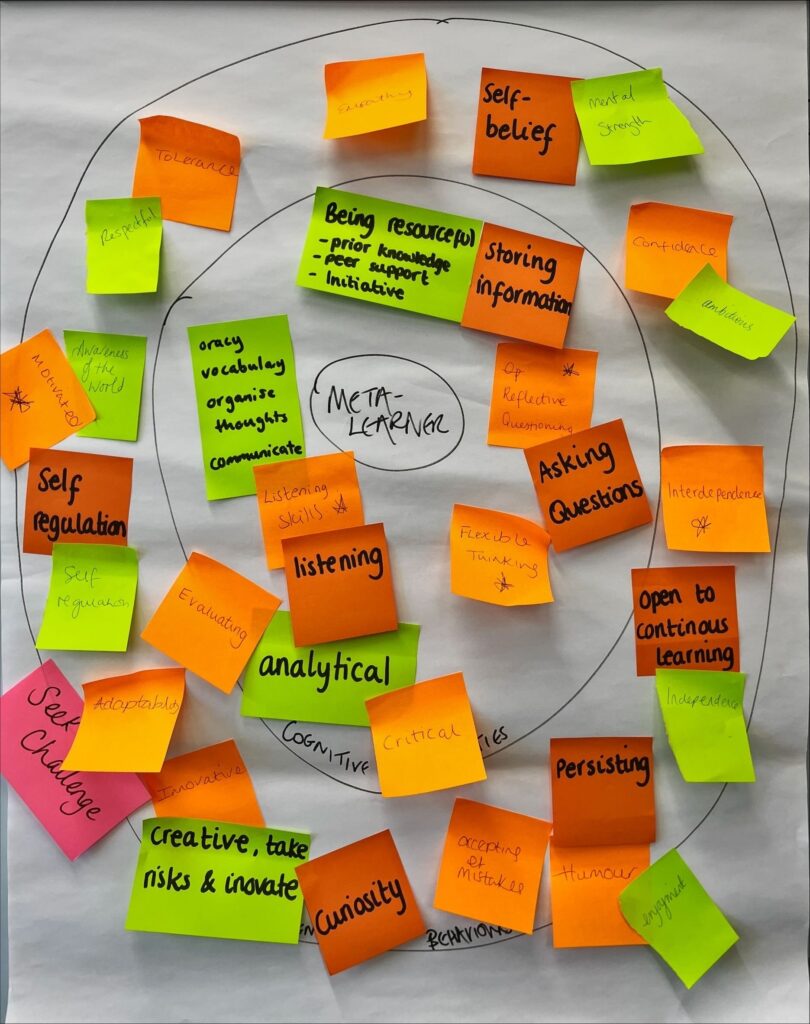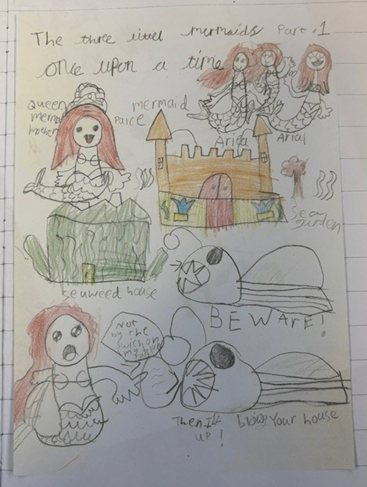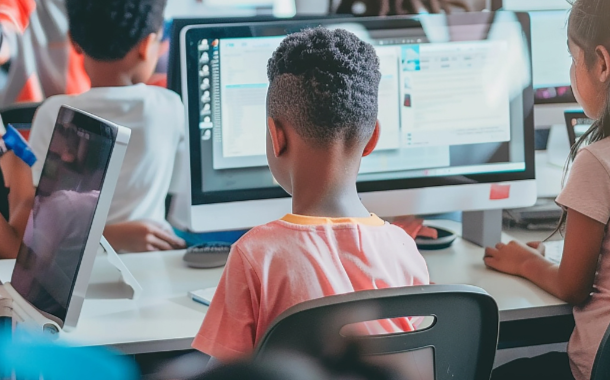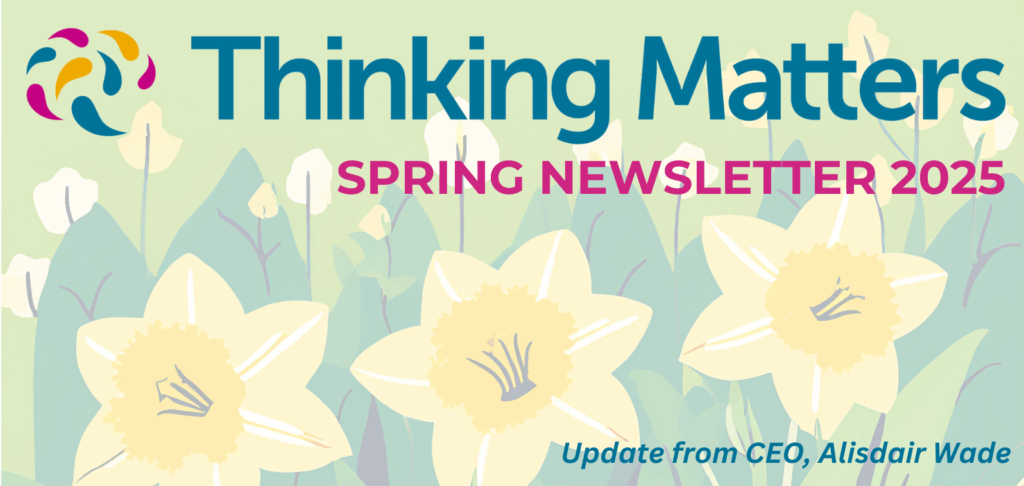Developing Learning Habits through the Power of Storytelling
This month's blog is by Arabella Chute: The world is changing in many ways, and the educational system is finding ways to evolve alongside society with varying degrees of success. Many schools are thinking hard, not just what they teach, but increasingly how they teach. The growing understanding is that today's children must master more than subject-area knowledge to thrive in tomorrow's world, and being a Thinking School is taking part in this progression. That is why cultivating the 'habits of mind' through the power of storytelling is an essential teaching aid.
Habits of Mind
Art Costa and Bena Kallick began working on the idea of habits of mind in the mid-1980s, studying the attributes of intelligent, successful problem-solvers in many walks of life. They introduced ‘habits of mind’ framework nearly thirty years ago, beginning with seven discrete habits and eventually growing their full list to sixteen. Together, their research drew on the work of philosophers, cognitive psychologists, teachers, mechanics, artists, entrepreneurs: all successful people from different walks of life. Today we know this list as the ‘Habits of Mind’; for more information www.habitsofmindinstitute.org . They are the dispositions needed when ‘confronted with problems and situations to which answers are not immediately apparent’ (habitsofmind.com). In short, the thinking skills required to deal with the unknowable future the children of today are facing.
Common Language
There are many ways to teach and embed the ‘habits of mind’ in your school, from making it explicit and visual to creating a common language and a part of its environment and ethos. One way, I believe, to make the children a master of ‘the habits of mind’ is to use the power of storytelling. Steve Jobs is attributed as saying, ‘The most powerful person in the world is the storyteller‘. I could roll off many similar quotes from many well-known thinkers, innovators, leaders and revolutionaries about the power and importance of storytelling. He is right, from the beginning of humanity to the present, civilisations worldwide hold their history, beliefs, and inspiration within stories. For example the Aesop fables, such as ‘The Hare and the Tortoise’, are believed to have been written around the mid-6th century and still used to teach morals to young children today. Most Early Years teachers at some point will have used ‘The Boy Who Cried Wolf’ to reflect on a child’s behaviour at some point in their careers. Casting further back to the Greek philosophers: Plato’s ‘Allegory of the Cave’ and Plutarch’s ‘Ship of Theseus’ neatly illuminate complex philosophical problems. A few examples from a multitude of options about the power and importance of storytelling to establish a common code of behaviour and understanding.
The power of storytelling
Yet, why is storytelling so powerful and able to activate the human brain? Storytelling is an important memory tool. It engages and captivates learners, making them listen and question. The information presented is made more relatable, it resonates emotionally and breaks down complex problems with proffered solutions. Neurologically, stories stimulate multiple areas of the brain that enhance the encoding and retrieval of information. The narrative structure allows children to organise and connect knowledge to existing frameworks allowing deeper comprehension and long-term retention; essentially it cuts through distractions. The power of the parable or account allows the teacher to make an abstract idea concrete, something for the children to relate to in their minds.
Embedding Habits of Mind
Here is one way a teacher could introduce the habit of managing impulsivity:
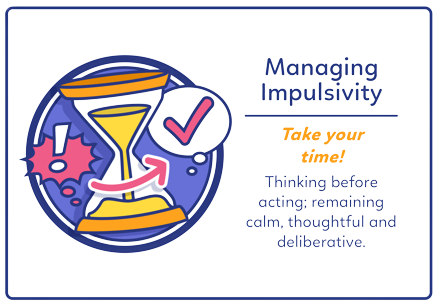
- Firstly, teach a precise definition – ‘managing impulsivity’ can be universally defined as ‘thinking before acting’. Make sure this is the shared language/definition across the school.
- Then, teach helpful strategies to develop this habit, such as: focusing on breathing, rewinding the situation, considering your options, and reframing the possibilities. Ask the children for any strategies they might use at home and share them with the class.
- Next, the teacher must make the habit concrete for the children to grasp and embed into practice. Teachers can give examples in the classroom and ask children to reflect on their behaviour and evaluate how they could apply the habit to a situation, hypothetically and as the situation arises, using the above mentioned strategies.
- Finally, explore a fictional story or biography where the protagonist has to use or develop the habit to solve the problem presented.
These steps can be implemented on their own or interchangeably repeated as and when the need arises.
Top Tip
Storytelling must be a collaborative activity for deep learning in the classroom. Where possible, allow the children to take the lead in reflecting and understanding the messages of the books and making the connections with the habit in focus through prompts, questioning and applying their own knowledge to the situation. This approach allows the story to take a deeper root in the child’s brain and creates a memory hook for the habit of focus. Additionally, it sparks curiosity and fuels the motivation to learn and apply the knowledge.
Reading Lists
Whilst this method can apply to nearly all the books on our shelves, you may feel uncomfortable sourcing or finding a book that demonstrates a particular habit. For the creative amongst you, how about making up your own stories? If both of those options seem too much to ask of your staff or parents, then the next step is to create bespoke reading lists using books in the school library.
Personally, I create reading lists about each of the habits we teach at our school. The teachers have access to these reading lists and are able to easily access them to use in form time, assemblies or when they need to teach or reflect on a particular habit with a child. These lists are also shared in the parent newsletter monthly or in an email when needed.
The beauty of storytelling is that it is accessible to all. The power of storytelling is in how the story is told, the message that is taken from it and the lasting impact it has on our minds.
Arabella Chute is the Thinking School Coordinator, Head of the Drive Team and Librarian at Notting Hill Prep, an advanced accredited Thinking School.

